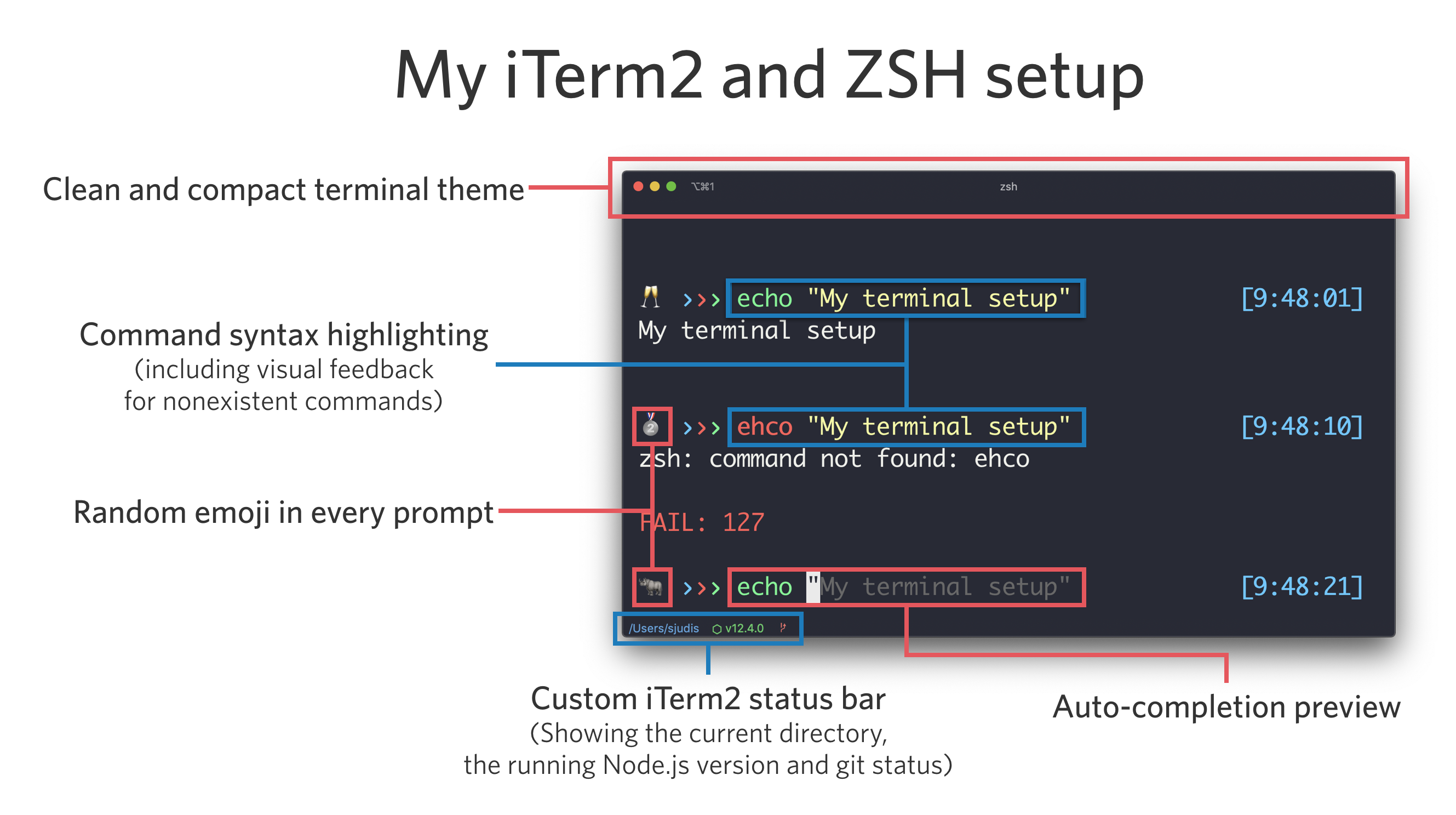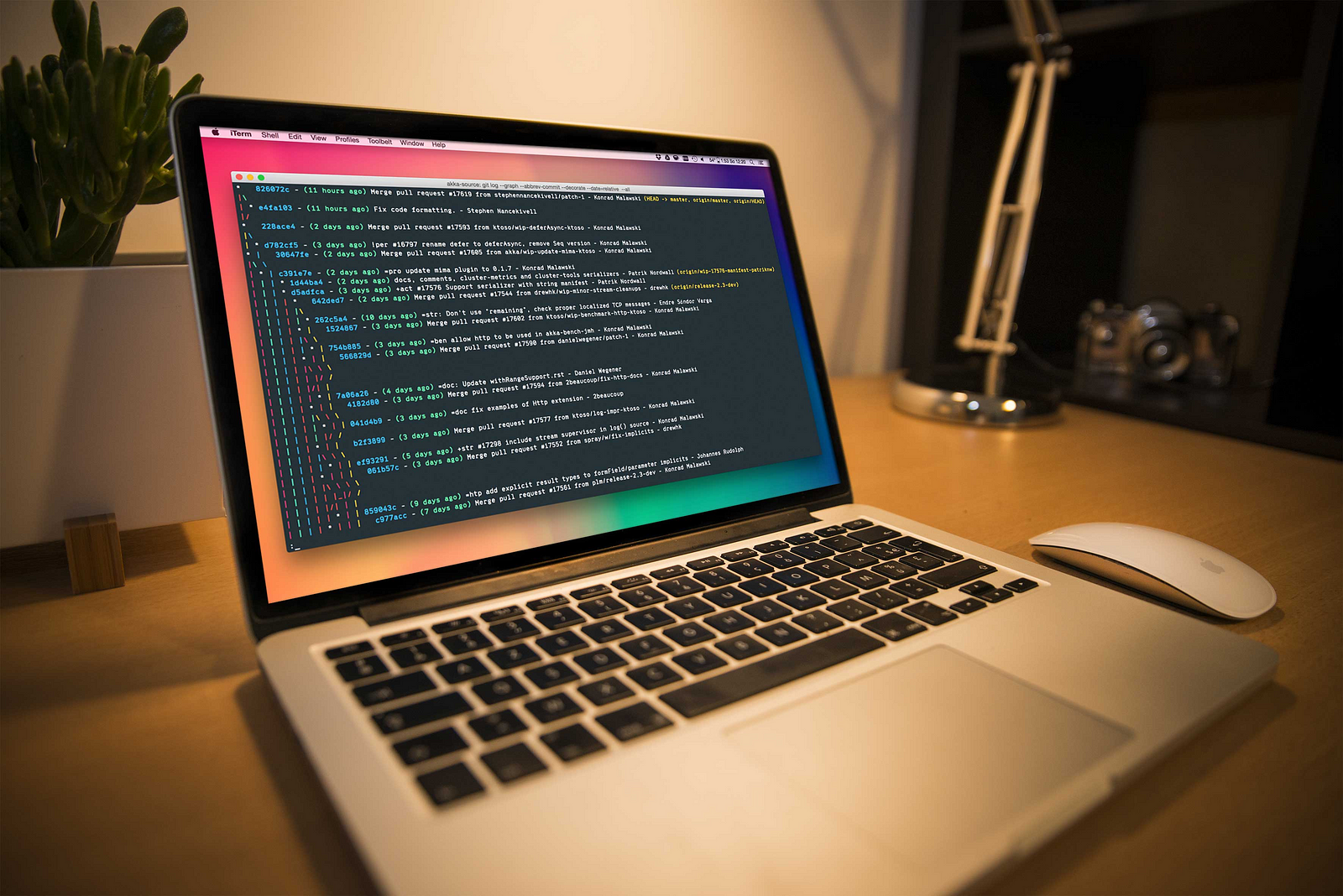
You can get your exact username value by executing whoami in the terminal. Optionally set DEFAULT_USER in ~/.zshrc to your regular username (these must match) to hide the info when you’re logged in as yourself on your local machine.

OH-MY-ZSH also runs side-by-side with bash, so again no worries. This will make your prompt rather bloated. After downloading the theme open iTerm2 and import the downloaded solarized theme through iTerm -> Preferences -> Profiles -> Colors -> load presets -> Import OH-MY-ZSH OH-MY-ZSH is a replacement for the default bash on macOS. To enable these, go to «iTerm → Preferences → Profiles → Keys → Load Preset… → Natural Text Editing → Boom! Head explodes» Custom prompt stylesīy default, your prompt will now show in the prompt. Enable word jumps and word deletion, aka natural text selectionīy default, word jumps (option + → or ←) and word deletions (option + backspace) do not work. If there is not enough contrast between the two, you won’t see the suggestions even if they’re actually there.

It will be displayed on top of the Background color. Under «iTerm → Preferences → Colors tab», check the value of Black Bright, that is the color your auto suggestions will have. If the auto suggestions do not appear to show, it could be a problem with your color scheme.

Set this font in iTerm2 (14px is my personal preference) (iTerm → Preferences → Profiles → Text → Change Font). Open the downloaded font and press «Install Font».
#Iterm2 zsh themes install
Now that we have iTerm2 and are using zsh by default, we can install Oh My Zsh, which is a framework managing zsh configuration.


 0 kommentar(er)
0 kommentar(er)
